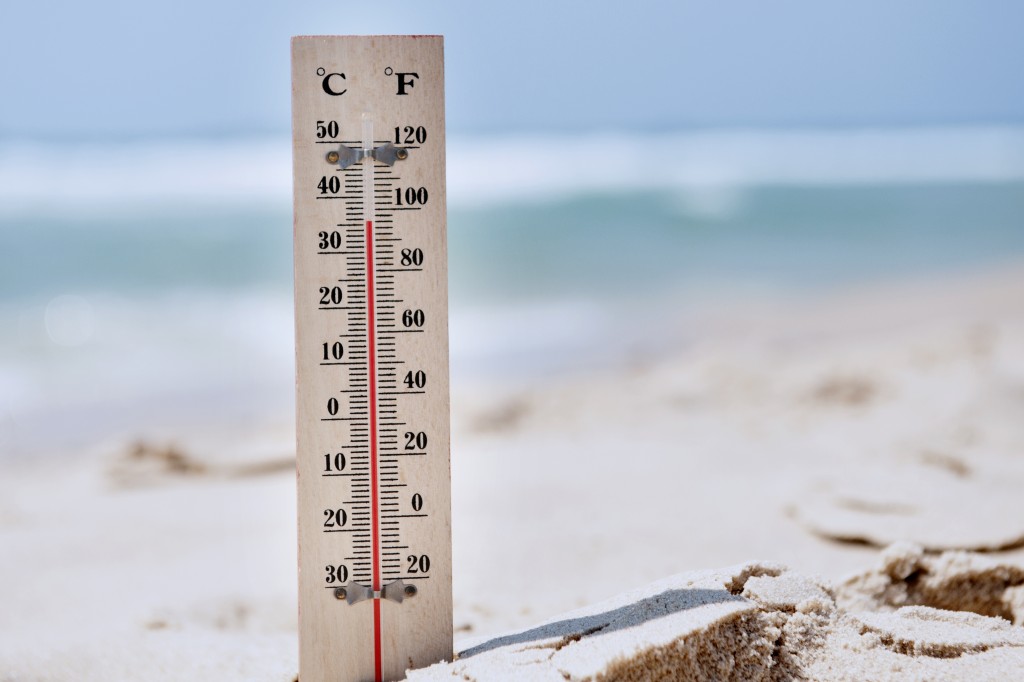If you’ve ever been in a room with a woman and you find yourself battling on the best setting for the air-conditioning unit, then you’re not alone.
In an informal study by a broiler and heater installer, over 30 percent of couples fight over AC and heater control. Meanwhile, as many as 40 percent of women discreetly pump up the heater behind their partner’s back.
This is because, in general, women feel a lot colder than men. But what accounts for the differences? Is it true that men are just “hotter” than their female counterparts?
Why Temperatures Vary Between Men and Women
There’s a good reason brands design products like Arcteryx ski pants for men: males and females differ in terms of their metabolic rate. One might feel colder faster than the other.
But to understand this point is to know more about the different temperatures, such as body and skin. The body temperature refers to the temperature range of humans.
It is usually between 36.5 and 37.5 degrees Celsius, although some studies already contradict these numbers. According to them, the real body temperature may be a degree lower or higher than these figures depending on what time of day you get your temperature.
Meanwhile, the skin temperature is always in association with many factors, such as body temperature, level of physical activity, and condition of the outside environment.
Both, though, respond to the body’s goal of reaching homeostasis or balance. When you are sick of a virus, for example, the body mounts an immune response. It includes raising the body temperature to create a hostile environment for the pathogen.
When the body temperature increases significantly, it may signal the skin to produce sweat to offset the produced heat. It not only releases the excess heat but also makes you feel colder.
A similar thing happens when you exercise. The body signals the brain to produce sweat to allow the body to cool off after the physical activity boosts its temperature.
Let’s Talk Metabolism
But there’s also one factor that controls your temperature: metabolic rate. Metabolism refers to the different processes like chemical reactions that help sustain life. One of these is converting glucose and stored fat (glycogen) into fuel or energy for the cells.
In fact, unlike what most people think, your body burns calories even when you’re not doing anything. This is called the resting metabolic rate—and it turns out men and women are different in this area. Males seem to have a higher metabolism than females, which simply means they can generate more heat.
Why? Studies suggest that body mass directly impacts metabolism. According to these types of research, males, in general, have more body mass than females, who may have more fat than muscles. In a 2017 study in Advances in Experimental Medicine and Biology, men also have more lean mass than women.

What about Hormones?
Another factor that can influence temperature is hormones, which women seem to be more sensitive to. In particular, there’s estrogen, a reproductive hormone that can actually thicken the blood that slows down its flow in the blood vessels. In turn, women feel colder than men, especially in the hands and feet.
Moreover, although men and women can develop metabolic-related conditions like hypothyroidism, this is more common among the ladies. In fact, they are up to eight times more likely to be diagnosed with a thyroid condition.
The thyroid glands release hormones that can affect the metabolic rate, slowing it down when the production is also low.
Hormones also explain why menopausal women are prone to hot flashes. During this time, estrogen levels drop significantly, increasing blood circulation.
Resisting the Common Belief
Nevertheless, other studies disagree with the “Men are from Mars and women are from Venus” argument when it comes to metabolism. These include research by Japan’s Mie Prefectural College of Nursing and Australia’s University of Wollongong.
According to the team, gender has nothing to do with it. Instead, the body’s ability to feel colder faster is all due to body size. In other words, the way the body generates heat will vary on the body mass and surface area.
A person with a bigger surface area, like lean individuals, may generate heat by increasing blood circulation. In contrast, men and women with bigger body sizes may release excess temperature through sweating.
There’s also the concept of brown fat, which is a special type of fatty tissue that activates when the body is exposed to cold temperatures. It produces a lot of heat, which means it burns more calories, unlike white fat. Brown fat is “gender neutral” in terms of distribution.
So are men “hotter” than women biologically—it really depends. According to experts, eventually, their body temperatures will be similar as they grow older. In the end, it’s more on body mass and size than gender that determines how cold or hot you get.

















